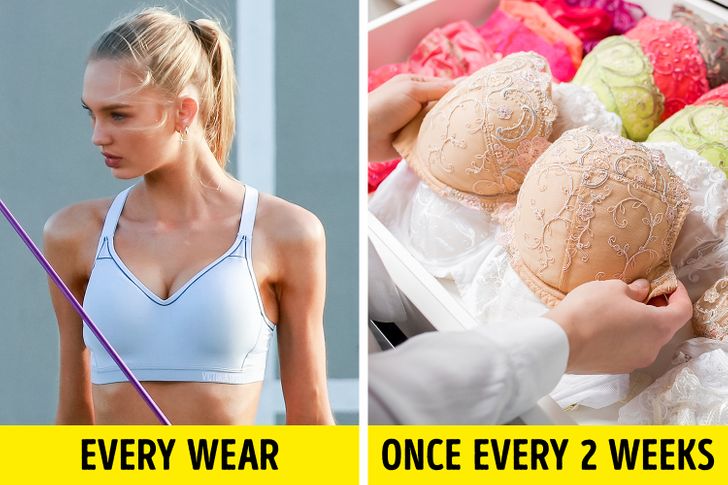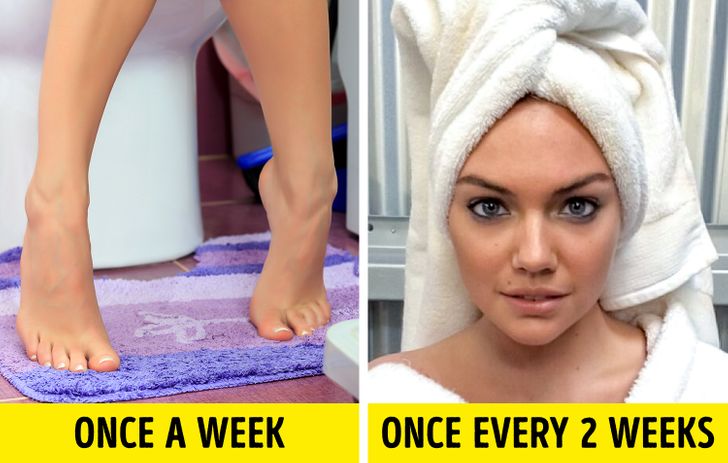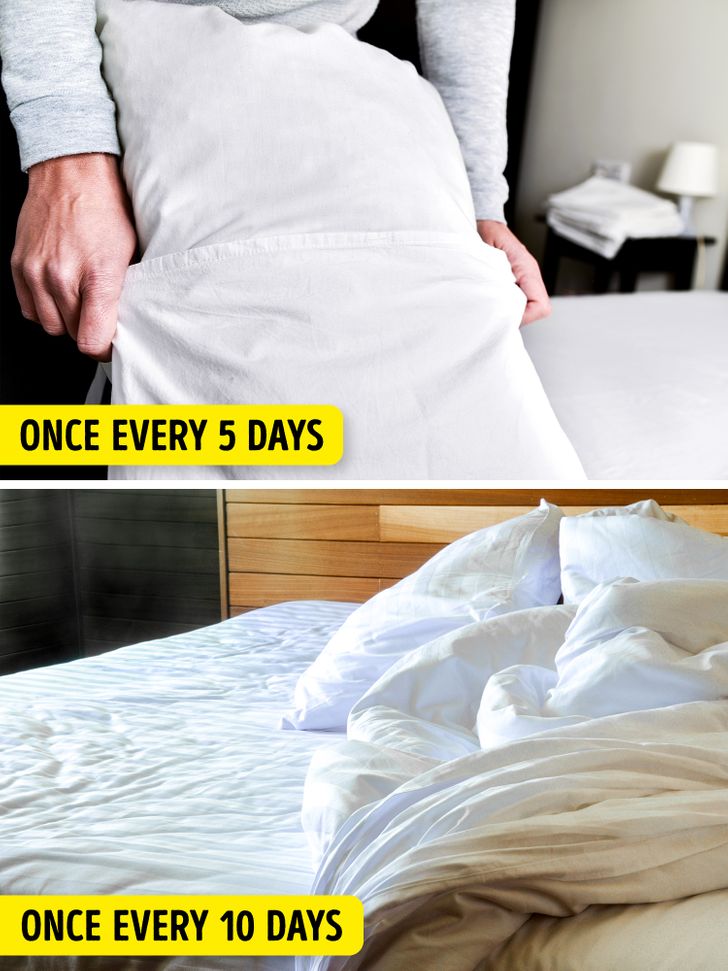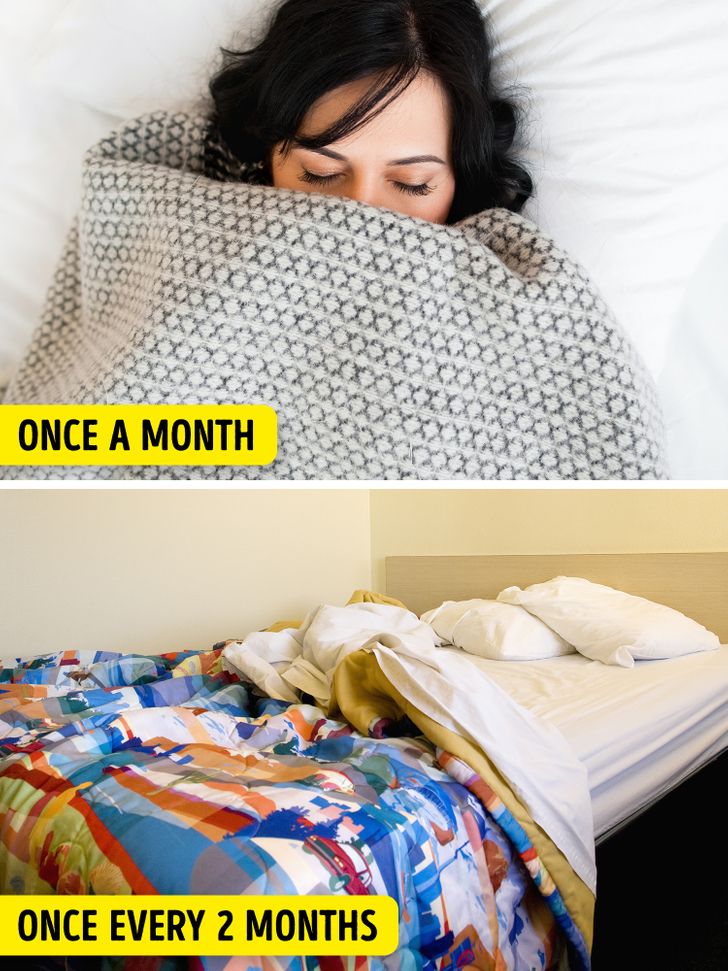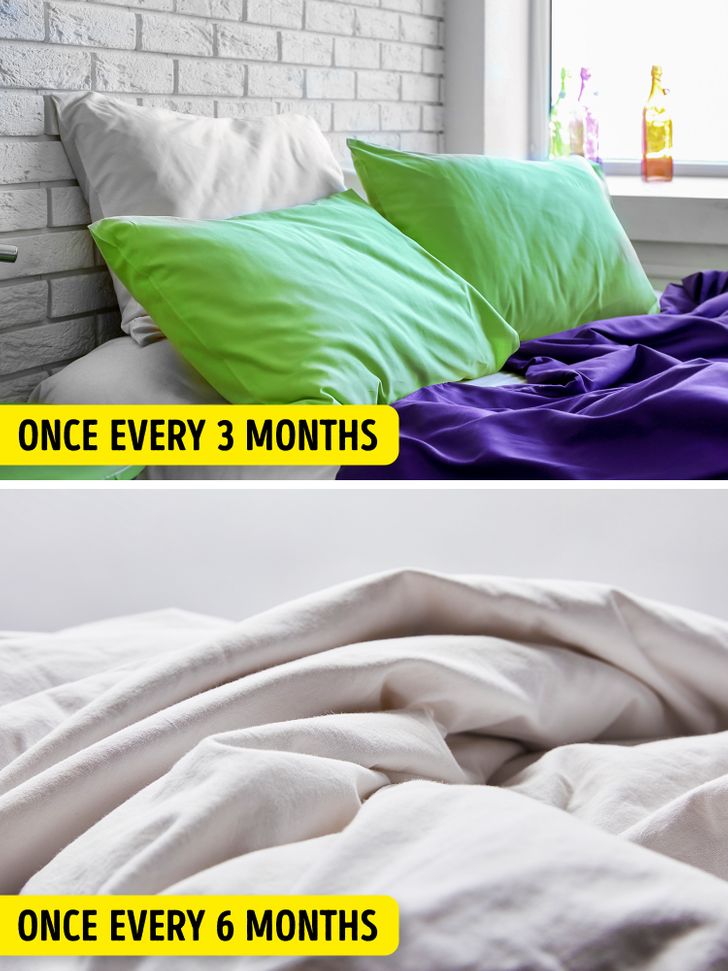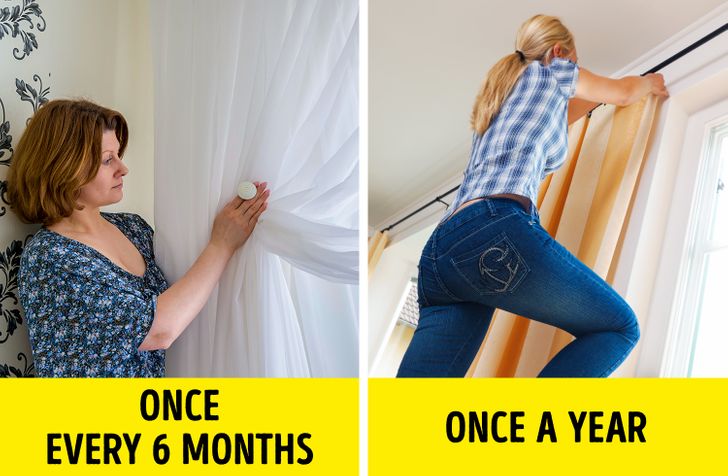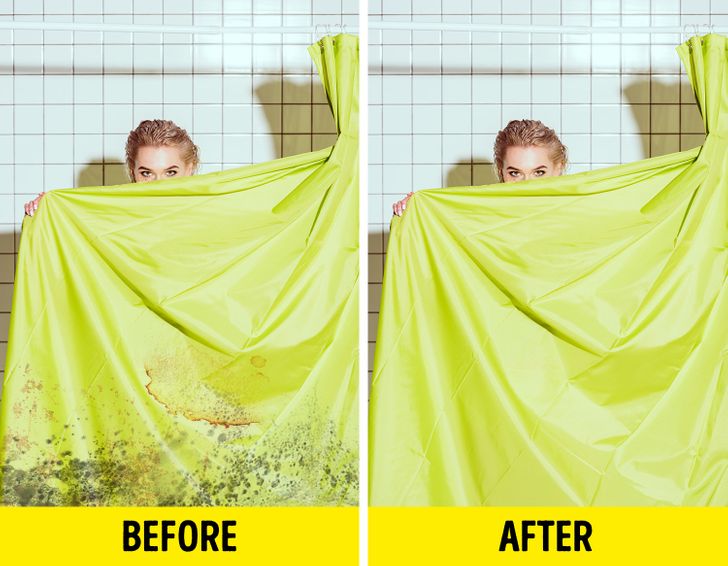I feel ashamed to say that I have never washed my winter hat ?
9 Things That We Wash Too Often, and 9 More That We Usually Forget About
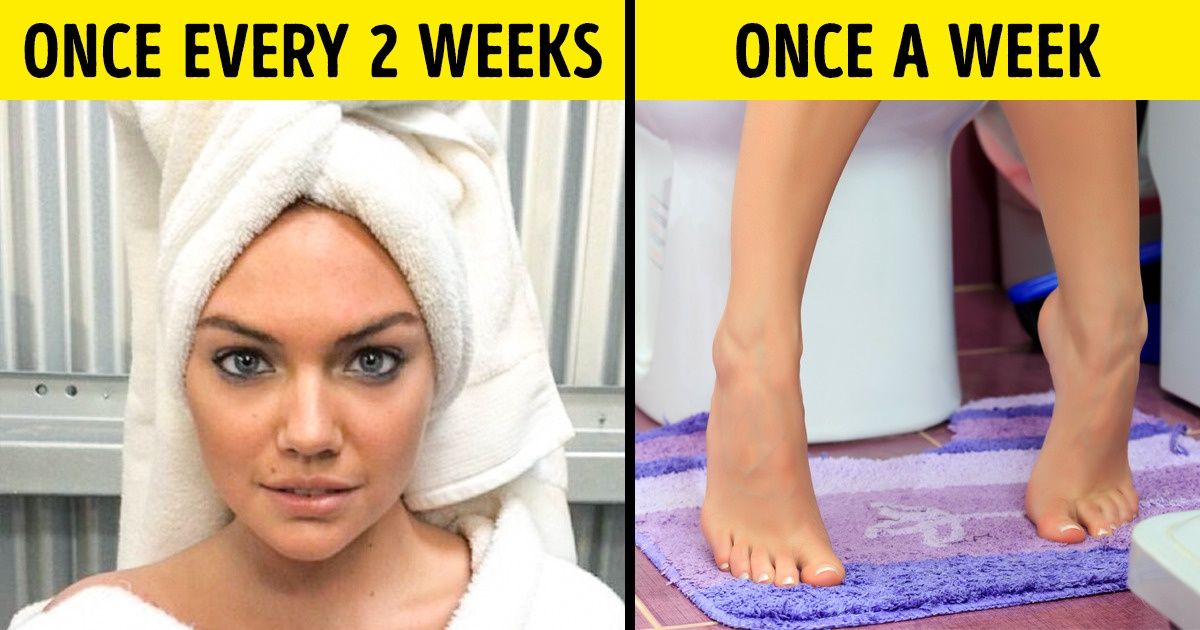
Most people use resources inefficiently because according to statistics, 90% of clothes we wash aren’t dirty. At the same time, while we wash one item of clothing, we forget about others that ought to be tossed directly into the washing machine.
We at Bright Side like preciseness, so why we figured out how often we should start up the washing machine.
1. Leggings vs jeans
The frequent washing of jeans washes out the paint and makes jeans’ fabric lose its shape. Moreover, high temperatures promote shrinkage which will make your favorite jeans look differently on you than on the day you bought them. “Do you want to save your jeans? Never put them in the washing machine.” That’s the advice Levi’s CEO Chip Bergh gives. The head of the company confessed that he hadn’t machine washed his jeans for more than 10 years.
Of course, you shouldn’t go to extremes. But keep in mind that jeans were created for cowboys and workers and those guys didn’t bother much with cleanness. Take these guys as an example — relax and clean your jeans as they become heavily soiled in cold water, remembering to turn them inside out.
Things are totally different with leggings. The problem with all tight-fitting clothing is that it absorbs sweat well and creates a favorable environment for the growth of bacteria which results in the appearance of unpleasant smells. If you wear leggings in everyday life, you can wash them after 2-3 wears, but if you use them for active sports, wash them after each training session.
2. Sports bras vs everyday bras
About 200 women have been surveyed and asked how often they wash their bras. About one-third of women said they do it every 2 weeks while the rest do it even more rarely, given that they don’t wear the same bra every day.
Having several sets of lingerie, you can change them every day and wash them more rarely. It helps them to keep a good look, as well as preserve their shape and not stretch. Sports bras, however, don’t have such options — you should wash them after every wear.
3. Bath mat vs towel
Towels need to be changed after 3-4 uses. In order to reduce the number of washes to 1 time every 2 weeks, you can use 2 towels so that each of them can get a chance to dry well between uses. If you ignore this rule, your towels might smell soggy and the white fabric will become grey.
Bath mats get dirty more often than many of us think. Wet fabric that is located in a dark and warm room is an ideal environment for the growth of bacteria and mold. The toilet mat should also be washed once a week as traces of human activity can get on it.
4. Cap vs winter hat
If you don’t wear the same hat the whole autumn-winter season, it’s enough to wash it once every 2 months on average or 3 times per season. Most of them can be easily cleaned in the washing machine without spoiling the quality, however, always keep in mind to read the care label.
Caps are recommended to be hand-washed 2 times per summer in cool water in order not to spoil the visor.
5. Pillowcase vs bedsheet
Dust collected on bedding contains viruses, spores, bacteria, and other harmful microorganisms. When inhaling them constantly, there is a risk of developing allergic reactions, difficulty breathing, and mucosal irritation. Dead human skin cells are food for bed mites. In order to avoid such issues, it’s better to wash bedding once every 10 days.
Remember to pay special attention to pillowcases — you should replace them more often than bed sheets and duvet covers. The leftovers of makeup, sebum, and bacteria accumulate on them which can cause the appearance of acne and other skin rashes.
6. Blanket vs coverlet
If you put a coverlet into the washing machine together with bedding, stop doing so. This item should be cleaned once every 2 months because it doesn’t touch your skin that often.
When it comes to blankets that you wrap yourself in, pay attention to your feelings and the frequency of using it. Usually, they’re washed as they get dry but no less than once a month.
7. Jacket vs coat
Jackets should be washed no more than once every 3 months in cold water. Outerwear doesn’t come into contact with bare skin, so it doesn’t require frequent cleaning. Here is a good lifehack: put several tennis balls into the washing machine in order to keep feathers and down from clumping.
The approach to removing stains on coats should be very thorough: read the label and understand what the item is made of. Most coats cannot be washed and in order not to spoil the items, it’s better to use laundry services right away.
8. Pillow vs duvet
Dirt and grease from hair and skin penetrate into pillows and can cause the breeding of fungus. A filler that hasn’t been washed in a washing machine for years attracts dust mites that cause allergies in humans. If you use bedticks, then cleaning pillows once every 3 months will be enough. At the same time, bedticks themselves should be cleaned once a month.
Duvets should be cleaned only once every 6 months. They don’t get as dirty as pillows.
9. Tulle vs curtains
Thick curtains that hang at a window’s sides should be cleaned once a year on the condition that you vacuum them regularly. This action prevents various microorganisms such as dust mites to get collected on them.
Tulle hangs in the middle and traps dirt and dust that flies into the home from open windows. That’s why it should be cleaned no less than once every half a year. The kitchen curtains should be cleaned even more often.
Bonus: Bath curtains can be cleaned too.
Bath curtains collect the leftovers of soapy water and it develops various stains with time. If the curtain is made of polyester or textile, then it can be cleaned in the washing machine.
If mold or fungus have already appeared on it, then first you need to soak it for several hours in a solution of vinegar and remove the stains with a brush. After that, wash in the machine at 140°F and add half a cup of baking soda to it.
Do you find this cleaning schedule acceptable? Or is there anything in it you would like to correct? We would be glad to hear from you in the comments!
Comments
Related Reads
Special Photos That Can Show Us Something New About the World

10 People Share Stories From Their Jobs That We Probably Aren’t Supposed to Know

25 Girls That Would Not Mind Starting Their Day Over From the Very Beginning

10 Psychological Tips to Know If Your Partner Really Loves You

10+ Photos Proving That Nobody Can Avoid Fails Forever

23 Oddly Satisfying Pics That Will Pamper the Little Perfectionist Inside You
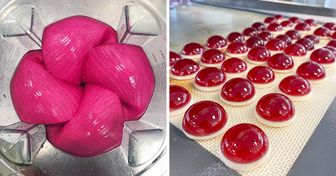
10 Real Life Stories Where Quiet Kindness Spoke the Loudest

10 Real Moments That Hit Harder Than Any Movie Scene

My Boss Saw Me on the Phone With My Sick Son—Now I’m on Thin Ice
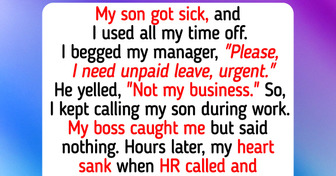
I Confronted My Coworker During Lunch—HR’s Response Shocked Me

I Knew My Son Was Ashamed of My Job—but His Next Move Hurt Me Deeply

I Refuse to Help My Homeless Mom After She Spent All Her Retirement Money on My Sister


